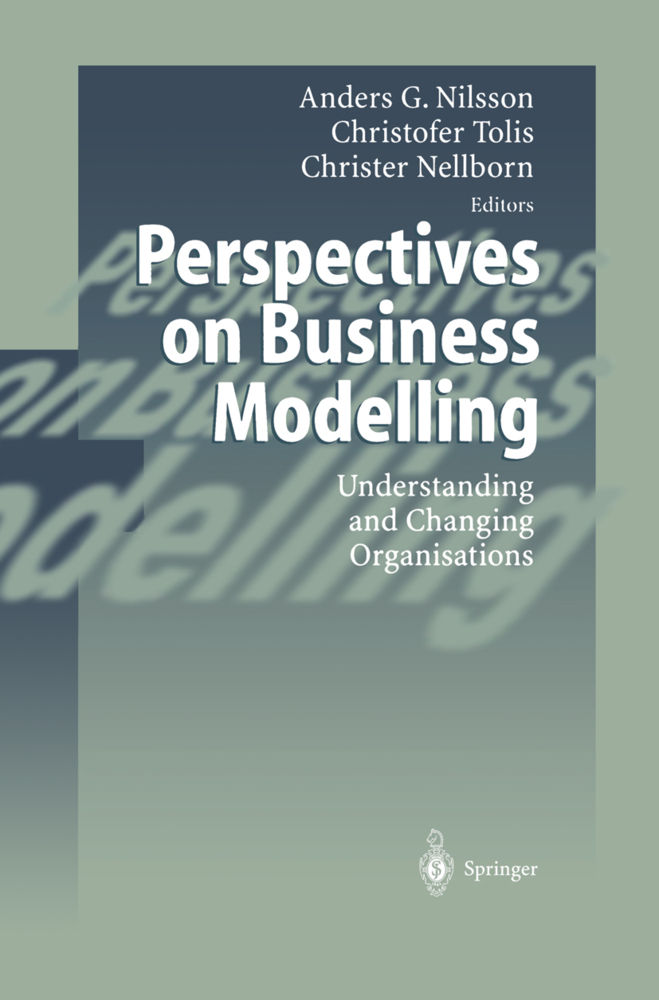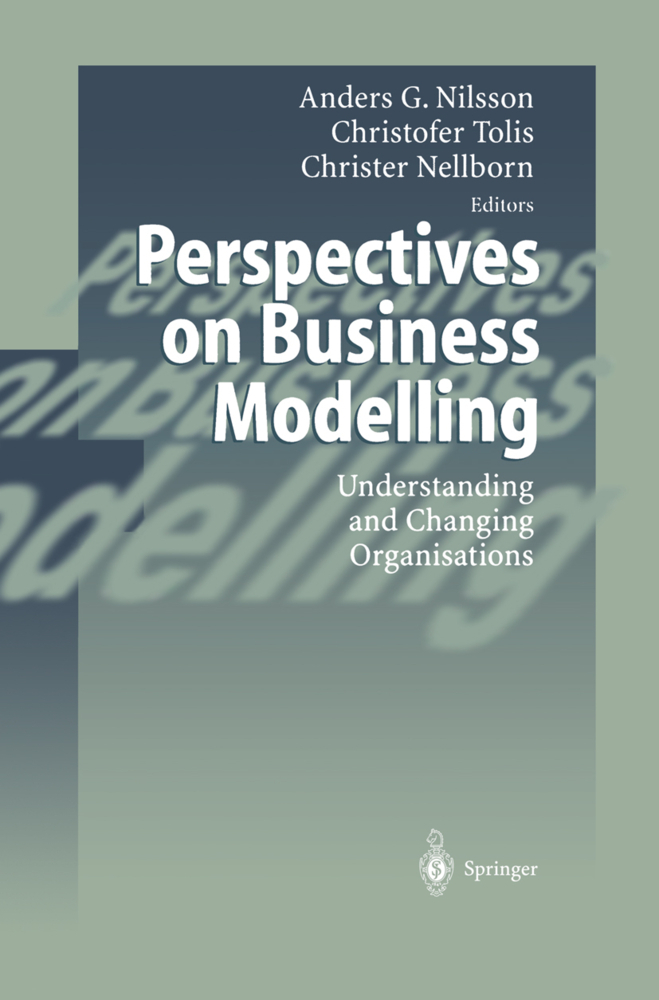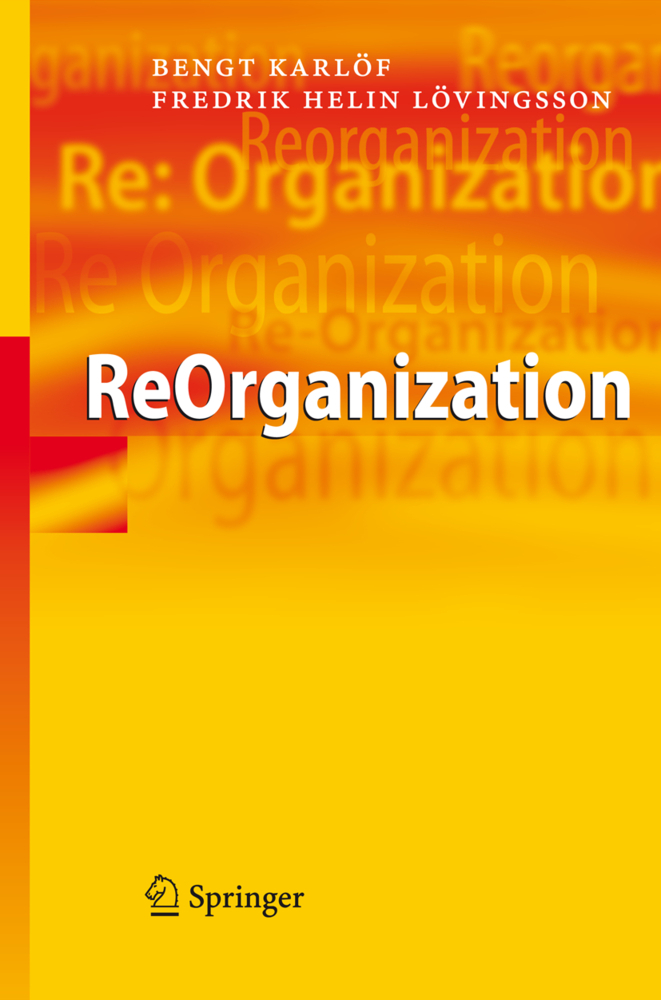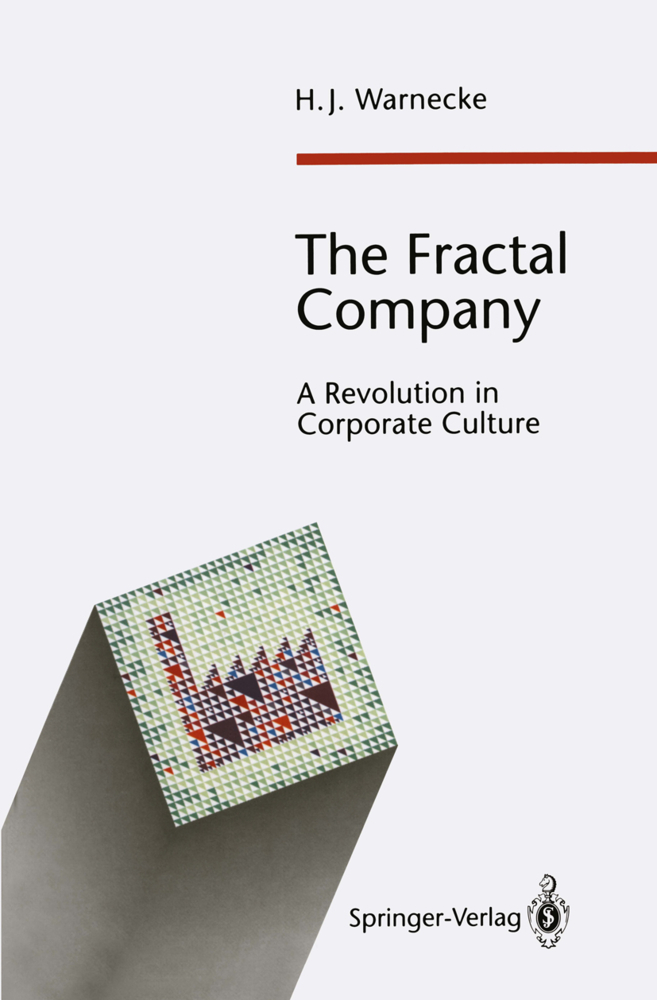Perspectives on Business Modelling
Understanding and Changing Organisations
Perspectives on Business Modelling
Understanding and Changing Organisations
How can established models and methods be employed for the understanding and change of organisations? One of the key issues presented in this book is bridging the communication gap between business leaders and IT experts in companies and public services. This is facilitated by combining different models for the development of corporate strategies, business processes and information support. The leading idea behind this book is to present different perspectives on business modelling, based on established theories and practical experiences. The book offers advanced knowledge and relevant information on the key issues in business modelling for today`s organisations.
2. Process Ownership in a Rapid Growth Situation: The Ericsson Radio Case
3. A Monopoly Facing Competition: Sweden Post's Exploration of Processes and Descriptions
4. Process Management in Public Administration: The Social Insurance Office Case
5. Business Modelling in a Historical Perspective: Experiences from Statistics Sweden
6. Business Process Development and Information Technology in Small and Medium-sized Companies
II: Exploration of Different Points of View
7. Facilitating Understanding and Change: The Role of Business Models in Development Work
8. Lessons Learned from Applying Business Modelling: Exploring Opportunities and Avoiding Pitfalls
9. Business Process Models Revised: Challenging the Physical Metaphor
10. Principal-Agent and Transaction Cost Theories in Business Modelling
11. Business and Systems Development: Opportunities for an Integrated Way-of-Working
III: Description of Different Aspects
12. The Business Developer's Toolbox: Chains and Alliances between Established Methods
13. Improving the Quality of Requirements Specifications by Enterprise Modelling
14. On Why to Model What and How: Concepts and Architecture for Change
15. Business Modeller's Checklist: "Dos" and "Don'ts" in Hands-on Practice
Business Modelling Research Consortium
About the Authors.
1. Perspectives on Business Modelling: Understanding and Changing Organisations
I: Development on Different Levels2. Process Ownership in a Rapid Growth Situation: The Ericsson Radio Case
3. A Monopoly Facing Competition: Sweden Post's Exploration of Processes and Descriptions
4. Process Management in Public Administration: The Social Insurance Office Case
5. Business Modelling in a Historical Perspective: Experiences from Statistics Sweden
6. Business Process Development and Information Technology in Small and Medium-sized Companies
II: Exploration of Different Points of View
7. Facilitating Understanding and Change: The Role of Business Models in Development Work
8. Lessons Learned from Applying Business Modelling: Exploring Opportunities and Avoiding Pitfalls
9. Business Process Models Revised: Challenging the Physical Metaphor
10. Principal-Agent and Transaction Cost Theories in Business Modelling
11. Business and Systems Development: Opportunities for an Integrated Way-of-Working
III: Description of Different Aspects
12. The Business Developer's Toolbox: Chains and Alliances between Established Methods
13. Improving the Quality of Requirements Specifications by Enterprise Modelling
14. On Why to Model What and How: Concepts and Architecture for Change
15. Business Modeller's Checklist: "Dos" and "Don'ts" in Hands-on Practice
Business Modelling Research Consortium
About the Authors.
Nilsson, Anders G.
Tolis, Christofer
Nellborn, Christer
| ISBN | 978-3-642-63604-2 |
|---|---|
| Artikelnummer | 9783642636042 |
| Medientyp | Buch |
| Copyrightjahr | 2012 |
| Verlag | Springer, Berlin |
| Umfang | VIII, 340 Seiten |
| Abbildungen | VIII, 340 p. |
| Sprache | Englisch |











